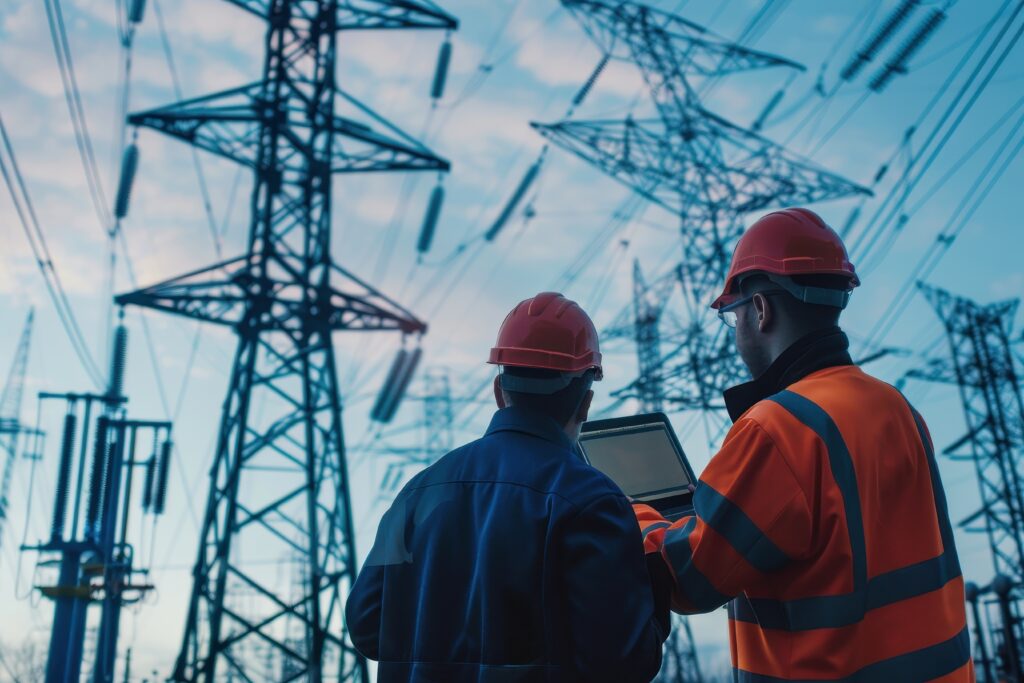December 31, 2024
Stay Shock-Free: Practical Tips for Electrical Safety at Work

December 31, 2024

Electricity powers everything from our lights to our tools, but when handled carelessly, it can be deadly. In this guide, we’ll explore practical steps for working safely with electricity, recognize potential hazards, and create a work culture that prioritizes safety. Whether you’re a pro electrician or a curious office worker, these tips can save lives.
Understanding electricity helps us work with it safely.
Electricity moves through conductors like metal and water, but insulators like rubber and dry wood help keep it under control. This is why damaged wires or damp conditions can turn everyday tasks into serious risks. And remember, electricity always seeks the path of least resistance, sometimes through you. Grounding systems and proper insulation keep the electricity where it belongs.
Electricity doesn’t play favorites, and its hazards are everywhere. Here’s what to watch for:
Whether it’s high-voltage power lines or low-voltage household appliances, treat every electrical source with respect.
In an electrical emergency, these steps could save lives:
Pro tip: Keep your workspace clutter-free to prevent electrical fires, and never use water to extinguish one, it’s a conductor.
Unsafe equipment, environments, and practices are behind most electrical accidents.
Use tools designed for specific environments, especially in wet or dusty areas. A clean, dry workspace is a safer workspace.
Sometimes the safest thing you can do is lean on the right tools:
Regular training, clear communication, and accessible tools keep everyone on the same page.
By working together, teams can create a culture where everyone looks out for one another.
Electricity is essential but unforgiving, so there’s no room for complacency. Stay alert, plan ahead, and follow safety protocols to protect yourself and your team.
Remember, safety isn’t just about compliance, it’s about ensuring that everyone goes home safe, every single day. Stay sharp, stay prepared, and make smart choices around electricity.
Electricity is essential, but it demands respect. If you’re unsure about electrical safety practices or your workplace protocols, now is the time to act. Speak with your supervisor or safety team to ensure you’re following OSHA guidelines and using the right tools for the job. Whether it’s learning about GFCIs, proper grounding, or lockout or tagout procedures, staying informed can save lives. Electrical safety matters. Master hazard prevention and safe practices with our Electrical Safety Training Course.
Need to go deeper into hazardous electrical zones? Check out our HAZWOPER Safety: Electrical Safety Training Course for the serious stuff.